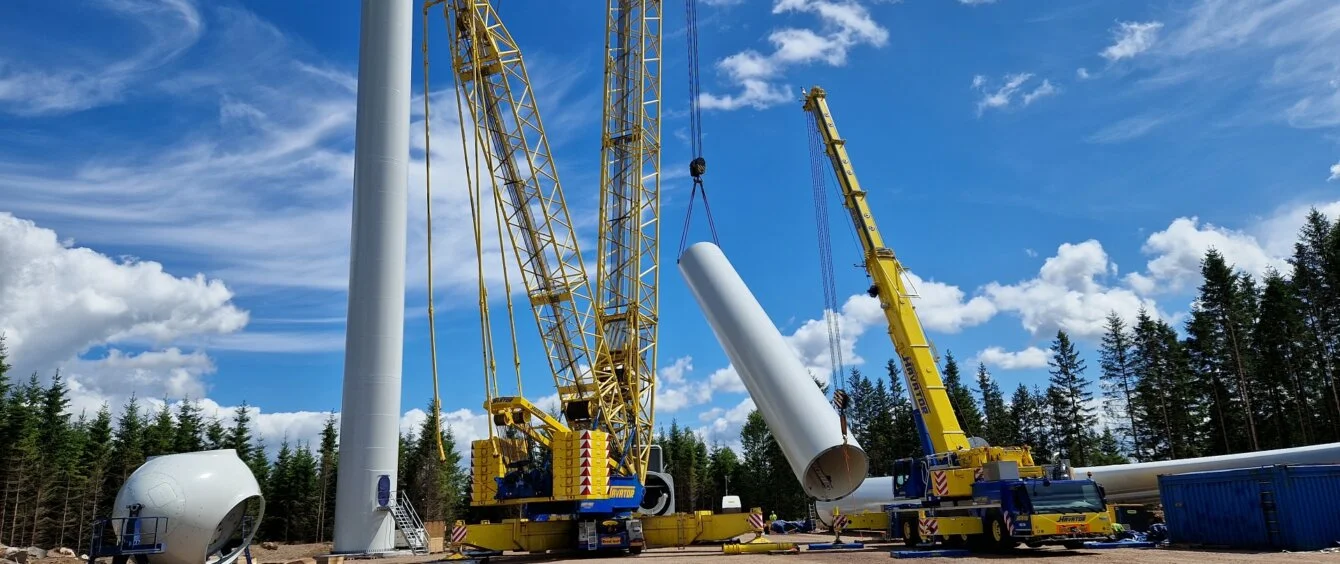The year 2023 will see the wind industry pass a major milestone: one terawatt (TW) of installed capacity worldwide. And the sector’s growth will maintain its fast pace: According to the Global Wind Organisation (GWO) and the Global Wind Energy Council (GWEC), worldwide wind energy capacity will increase to some 1.5 TW by the end of 2027 – roughly doubling the level seen before the COVID-19 pandemic. However, this calls for more and more qualified and trained workers to rollout installations and ensure the safe operation of wind farms.
In the fourth edition of the Global Wind Workforce Outlook 2023-2027, GWO and GWEC experts outline the industry’s demand for technicians in construction and installation (C&I) as well as operation and maintenance (O&M) through 2027.
They forecast that over 574,000 skilled workers will be needed in these two areas through 2027. This translates into a 17 percent increase in the labour force compared to 2022.
Total Number of Technicians Needed in the C&I and O&M Segments
Source: GWO, GEWCHuge demand for entry-level trainees
The wind industry’s growth also drives up the need for qualified training for new talent. Based on the study, some 43 percent of the nearly 600,000 required skilled workers will be new recruits in need of training. Added to the roughly 84,000 new technicians required to meet rising demand are another approximately 159,000 to offset the industry’s expected attrition, e.g. due to workers switching professions or entering into retirement. All told, the experts predict 243,800 new hires in the C&I and O&M segments.
An average of about 50,000 new wind technicians will be needed every year from 2023 to 2027. The report’s authors thus forecast a rapid rise in demand for training for new entrants in the next few years – above all in the safety and technology segments.
Offshore need outgrows onshore
The call for employees in the offshore wind sector through 2027 is expected to be more exigent than in onshore wind. Some 79 percent more workers will be needed to build and operate offshore wind farms the world over by 2027 than in 2022. The onshore sector is expected to see a rise of just 12 percent.
Despite the significant increase in the offshore sector, 87 percent of all wind technicians will work on terra firma until 2026: nearly 500,000 onshore compared to about 75,000 offshore.
Shift in fields of activity
As increasing numbers of wind farms are built, the areas in which new technicians are required will change. Experts estimate that the lion’s share will be needed in O&M.
Annual C&I and O&M Workforce Forecasts, 2022-2027
Sources: GWO, GEWCApproximately 46 percent of the technicians will work in operation and maintenance in 2027 as opposed to roughly 42 percent in 2023. Accordingly, the share of technicians in installation and construction will drop from 58 percent to 54 percent. The main reason cited for this is a larger operating fleet of existing wind farms.
© RWE AG
